
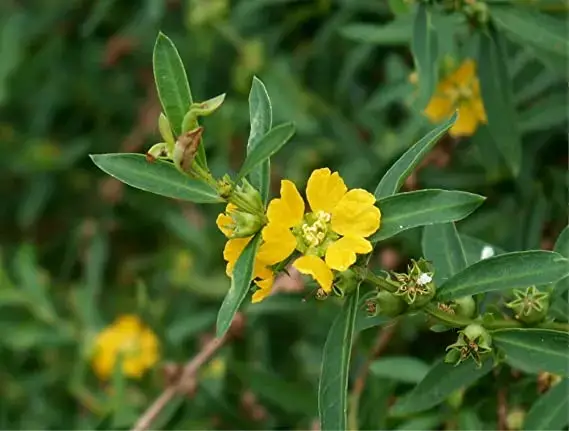
The Sinicuichi plant, scientifically known as Heimia salicifolia, is a perennial shrub native to the Americas, ranging from the southwestern United States through Mexico and Central America to Argentina. Known by various names such as Sun Opener, Shrubby Yellowcrest, and Willow-leaf Heimia, this plant has been utilized for centuries by indigenous cultures for its medicinal and psychoactive properties.
What Is Sinicuichi?
Sinicuichi is a flowering plant in the Lythraceae family, characterized by its narrow, willow-like leaves and vibrant yellow flowers. Traditionally, its leaves and stems are used to prepare infusions that are believed to induce altered states of consciousness, enhance memory recall, and promote relaxation.
Its use causes auditory hallucinations and produces an effect called “sun opener,” which consists of seeing all things around us in a very bright yellow color. It is considered a sacred plant by the leaders of the Mexican indigenous tribes, who attribute to this plant supernatural powers transmitted directly by the sun. Below we will show you the benefits of the Sinicuichi plant and other information that will be very helpful.
Characteristics of Sinicuichi
Sinicuichi flower is a shrub with numerous stems; its leaves are narrow and oval-shaped similar to those of the willow. The flowering process of the plant occurs between May and July. They are small yellow flowers with six petals that grow in the axils of the leavesThis shrub grows near natural water sources, in partially shaded places, because it is a tropical plant that needs to receive the sun’s rays at least 4 hours a day, so it does not survive low temperatures. If you want to know more about this wonderful plant, we invite you to read on.
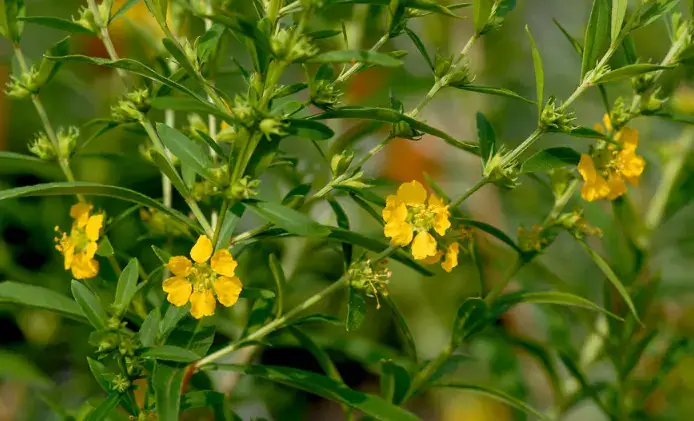
Effects of the plant
- The consumption of sinicuichi plant provides a high state of relaxation.
- It can cause a decrease in heart rate, as it causes dilation of blood vessels and reduction of blood pressure.
- The consumption of sinicuichi flowers in the form of tea can produce slight hallucinations perceptible at visual and especially auditory levels.
- After its consumption, the vision becomes yellowish, and the effect can last up to 1 day.
- It is attributed to the effect of bringing back the current events of the past, even those lived in the mother’s womb (before birth).
- It can produce short-term memory blocks.

5 Benefits of Sinicuichi plant
Here are the most satisfactory benefits of the sinicuichi plant:
- In its different preparations, it proves to be an effective natural remedy for treating syphilis and other diseases such as dermatitis, bronchitis, cough, flu, dysentery, kidney ailments, and belly aches, among many others.
- As a tea, it is an effective laxative in cases of febrifuge and to treat indigestion.
- It has healing powers.
- The seeds are delicious and have diuretic and laxative properties.
- It can be used as an effective painkiller and anticonvulsant.
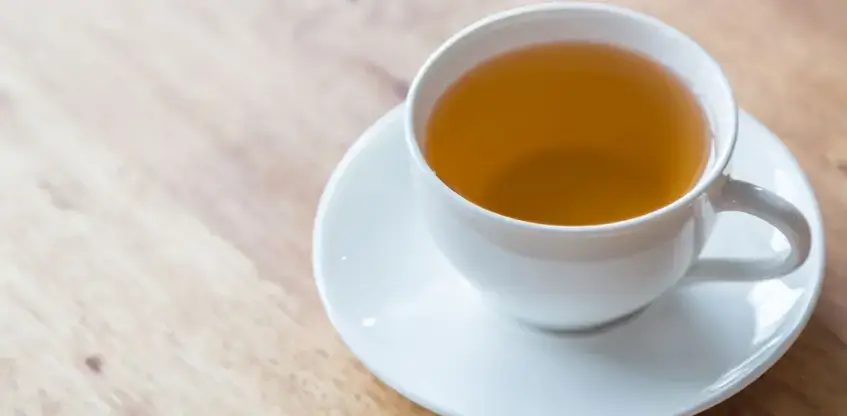
How to consume Sinicuichi
Tea (elixir of the sun)
The main way to consume the sinicuichi plant is to prepare tea with the leaves and the plant’s roots. Put 10 grams of dried sinicuichi plant leaves in a jar, add 3 cups of hot water and let it steep for about 10 minutes. After this time, cover the container tightly and place it in the sun for a whole day (24 hours).
This process of placing it in the sun comes from the practices and beliefs of the leaders of the Mexican indigenous tribes, who believed that by placing the tea in the sun, it transmitted all its powers to the drink. Hence this preparation is known as the elixir of the sun. After this, the preparation is strained, and the liquid is extracted to be consumed.
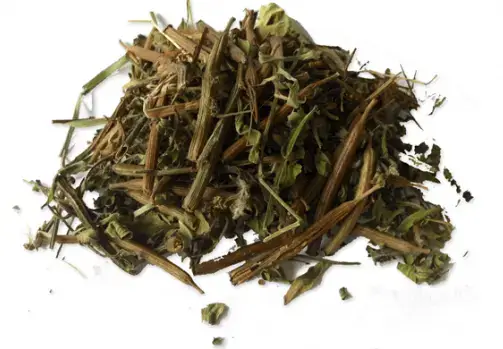
Liquid extract
An infusion can be prepared using a liquid extract from some manufacturers who sell it through health food stores and online stores. This presentation is much more powerful than the traditional one because it is prepared through a process of cold maceration, which allows keeping active all the plant’s healing properties, so it should be used with caution.
As for the indicated dosage, it is 20-30 drops (1m/01 full applied with a dropper), diluted in 2 cc of juice or water a maximum of 4 times a day.
Advantages
It is an easy plant to grow, harvest, and prepare for consumption.
The dried leaves of the sinicuichi plant can be used as a natural incense.
It does not represent a health risk if used in moderation.
Its uses as a natural medicine are very broad.
It can be purchased in online stores as liquid extracts.

Disadvantages
Its main disadvantage is that its excessive consumption can cause a strong state of euphoria, as well as various discomforts in the body because it has a large number of alkaloids, as well as phenylalanine. This compound produces an effect similar to dopamine and adrenaline.
Another disadvantage is that it can cause heavy bleeding due to its hemorrhagic properties, so it should be used with caution to heal wounds, ulcers, and sores.
Uses of the sinicuichi plant
It can be used in different ways. Here we explain some of them:
Baths
Medicinal baths are the most widespread use in Mexico and other countries. It is mainly used to treat female infertility problems. In this case, the procedure consists of adding dried sinicuichi plant leaves to a bathtub and other herbs and essential oils. The infertile woman should soak in the water for at least 30 minutes so that her body can absorb all the medicinal properties of the plant. The treatment is complemented by drinking tea.

Healing ointments
It is also used by preparing ointments obtained from crushing the leaves of the sinicuichi plant in a mortar with some essential oil until a small paste is formed, which is applied to soothe the pain in the affected areas. This preparation is mainly used in cases of burning and redness caused by bee and wasp stings.
What is this plant used for?
The sinicuichi plant has various uses; the most common are:
To relieve belly inflammations.
As a treatment for urinary incontinence.
It is used in rituals to clarify thoughts and enliven memory.
As a diuretic, laxative, and to stop gastroesophageal reflux.

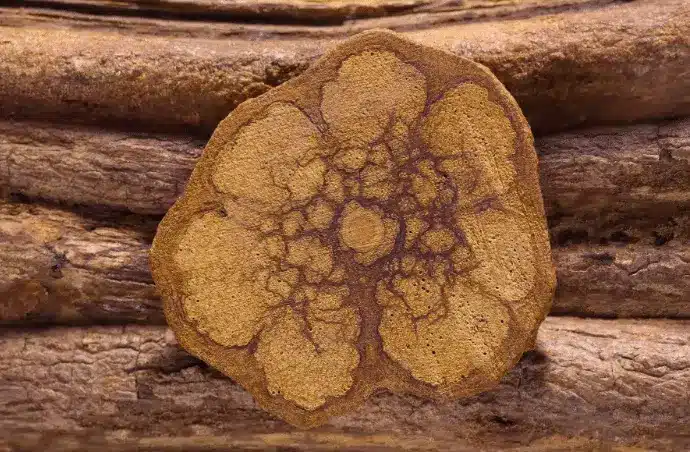
Benefits of Banisteriopsis Caapi: Natural Health and Well-being

Side Effects of CBD: An Updated Perspective

Ultimate Guide: How to Ingest Calea Zacatechichi


